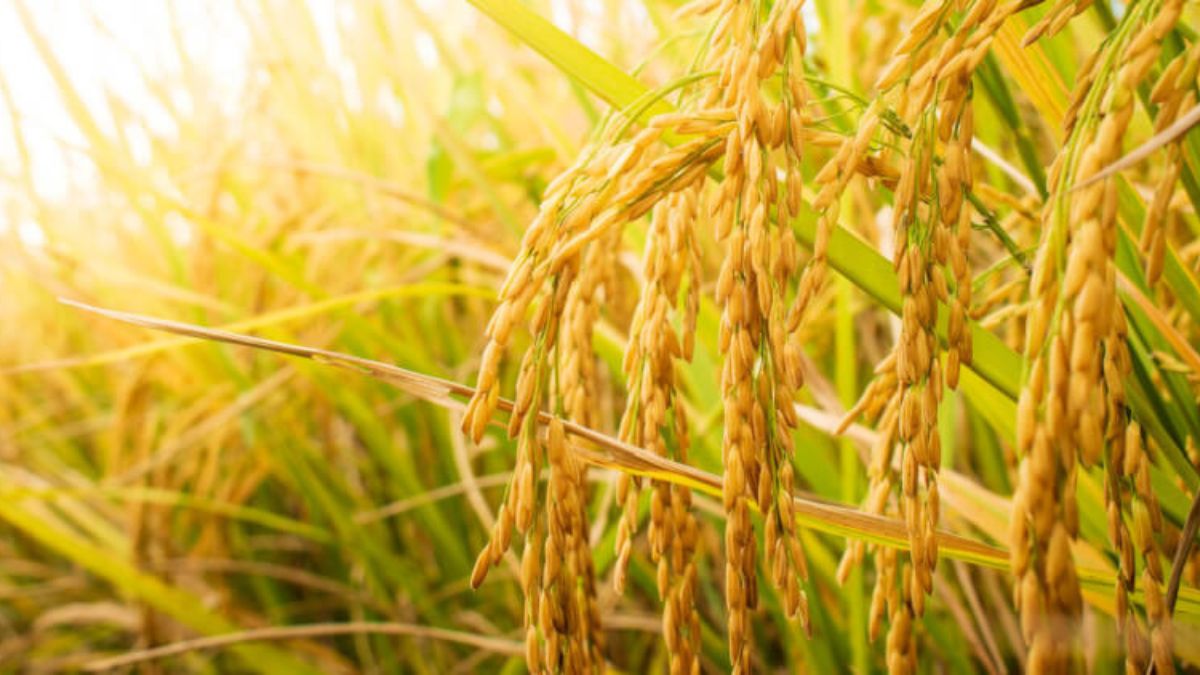Tags
SCIENTISTS ARE CREATING RICE OF THE FUTURE WITH ONE INCREDIBLE FEATURE: ‘INTEGRAL TO FEEDING A GROWING POPULATION THAT IS PROJECTED TO REACH 10 BILLION’
“Our research is more about proof of concept at this stage.”

One of the effects of rising global temperatures is the inland intrusion of saltwater, and researchers are looking into engineering crops that can withstand such stress.
A January study by the University of Sheffield Institute for Sustainable Food found that reducing the number of stomata in rice makes it more salt-resistant, according to Food Navigator.
Stomata regulate the uptake of carbon dioxide and water loss for arguably the most important crop on Earth; rice accounts for 20% of humans’ calories and requires 40% of worldwide irrigation.
The researchers worked with the High Agricultural Technology Research Institute in Vietnam to “overexpress” the EPF1 gene in 72 varieties of traditionally bred rice, and the rice did not include genes from other organisms.
“Our research is more about proof of concept at this stage,” lead author Robert Caine told Food Navigator. “We (as well as others) are moving towards gene editing technology in the future which will enable researchers to alter crops without leaving any foreign DNA in the plant by the time the process is completed. That is, we can breed out any remnants of the gene editing process except the change we are making in the DNA sequence.”
Similar ideas are becoming increasingly popular. University of Maryland scientists have developed heat-resistant and blight-tolerant apples, while an Israeli farm is crossbreeding fruits — their products include plumegranates, aromacots, blackots, and watermelon plums — to outlast severe weather.
The outlet reported that 3.5 billion people rely on rice every day and that Vietnam is one of the places where the crop is becoming harder to grow because of seawater interference.
“Rice is a hugely important food crop eaten by over half the world’s population on a daily basis,” Caine said. “Ensuring that it can survive in harsher conditions caused by climate change will be integral to feeding a growing population that is projected to reach 10 billion in 60 years’ time.”
The study, published in New Phytologist, built on previous research by the scientists, who had shown that extremely low stomatal density rice consumes less water and is increasingly drought-resistant, even at high temperatures.
This time, they found the plants were less susceptible to salinity toxicity “most probably because they accumulate salt at much lower levels.”
Their next step is to see if they can make high-yield dwarf rice species more heat-resistant.
https://www.thecooldown.com/green-tech/salt-resistant-rice-stomata-drought-toxicity/Published Date: December 21, 2023






